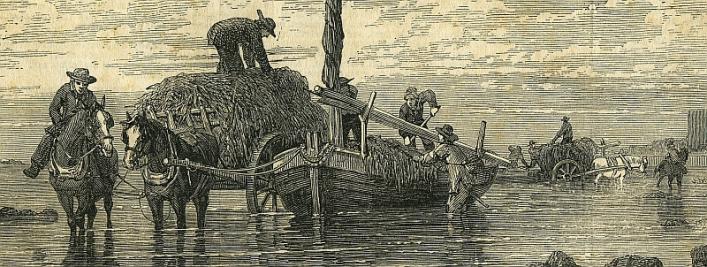Letters and fashion plates from the time of Jane Austen
Some fascinating letters from a young Caroline Guille Le Marchant to her friends in Bath and London, from Edith Carey's Scrapbook, and some contemporary winter ladies costumes for Christmas, from two bound volumes of fashion-plates, entitled in French Figures. The plates are hand-coloured; some are from The Fashions of London and Paris, a monthly magazine that began publication in 1798, published by Richard Phillips.




